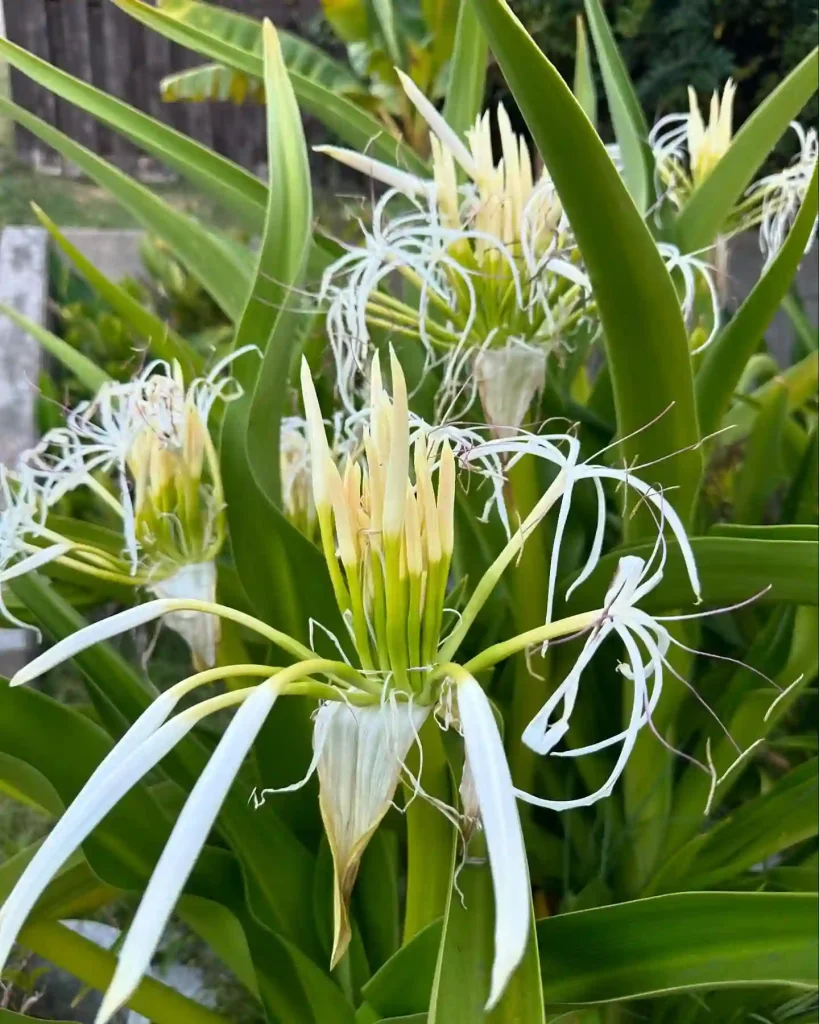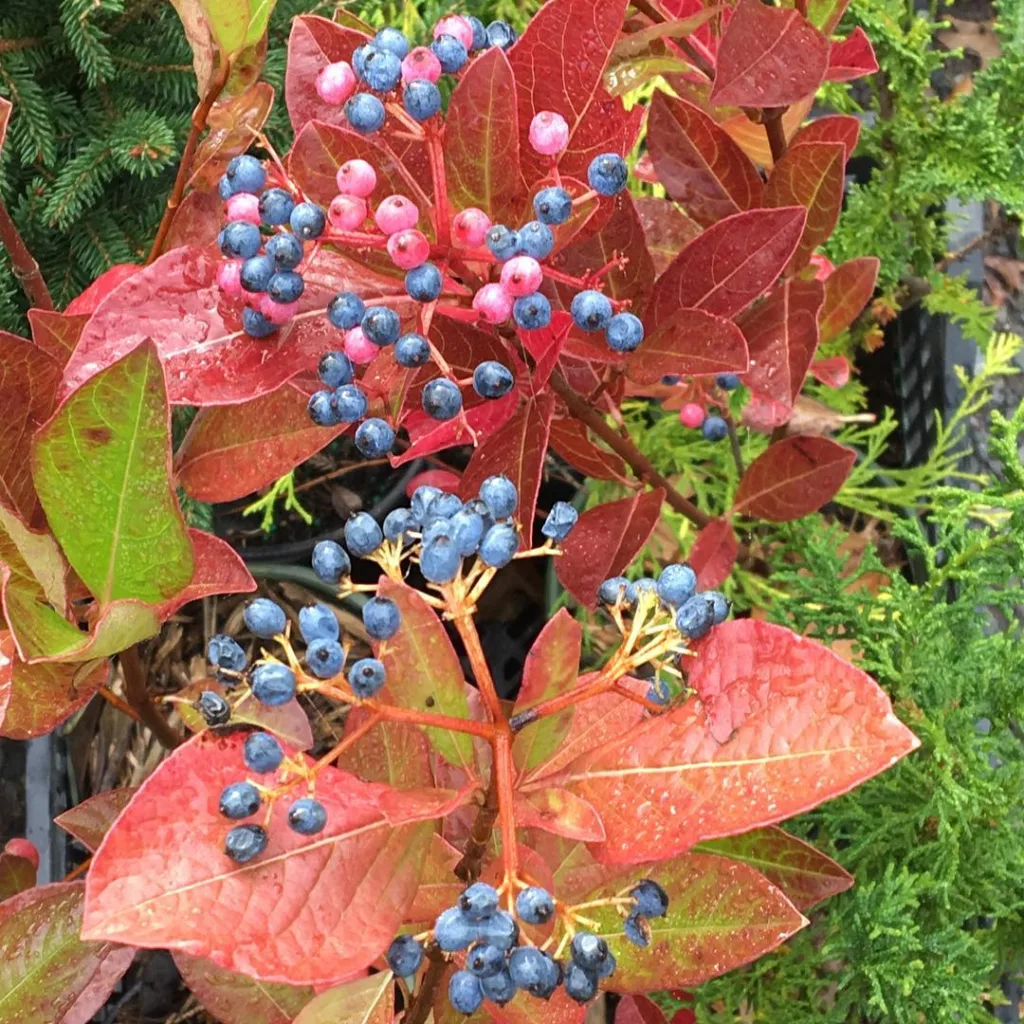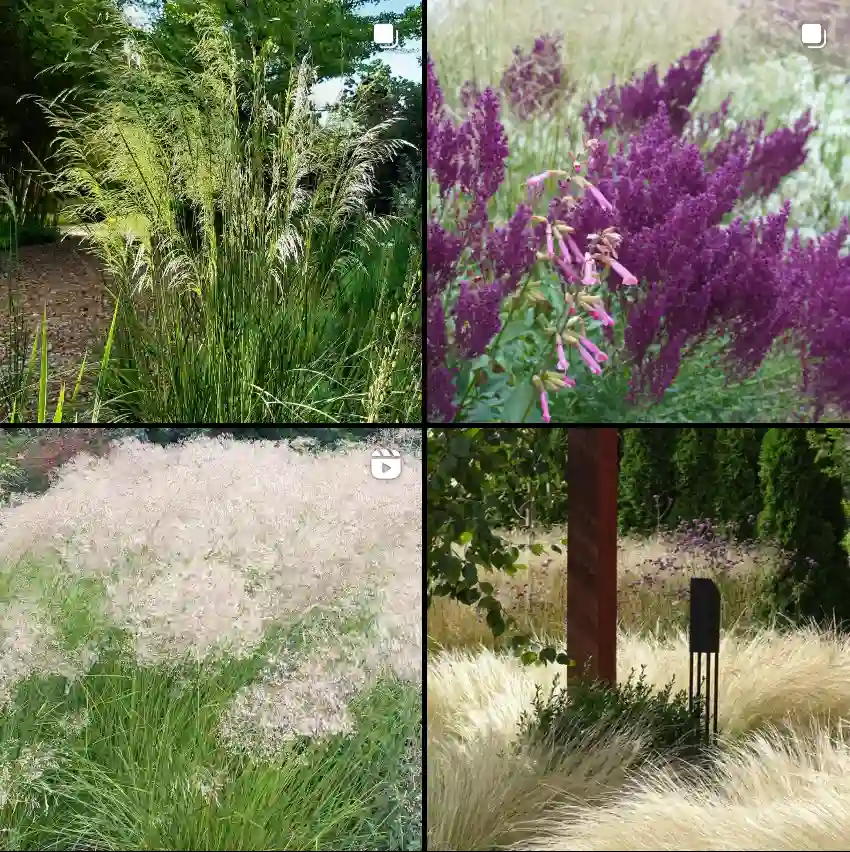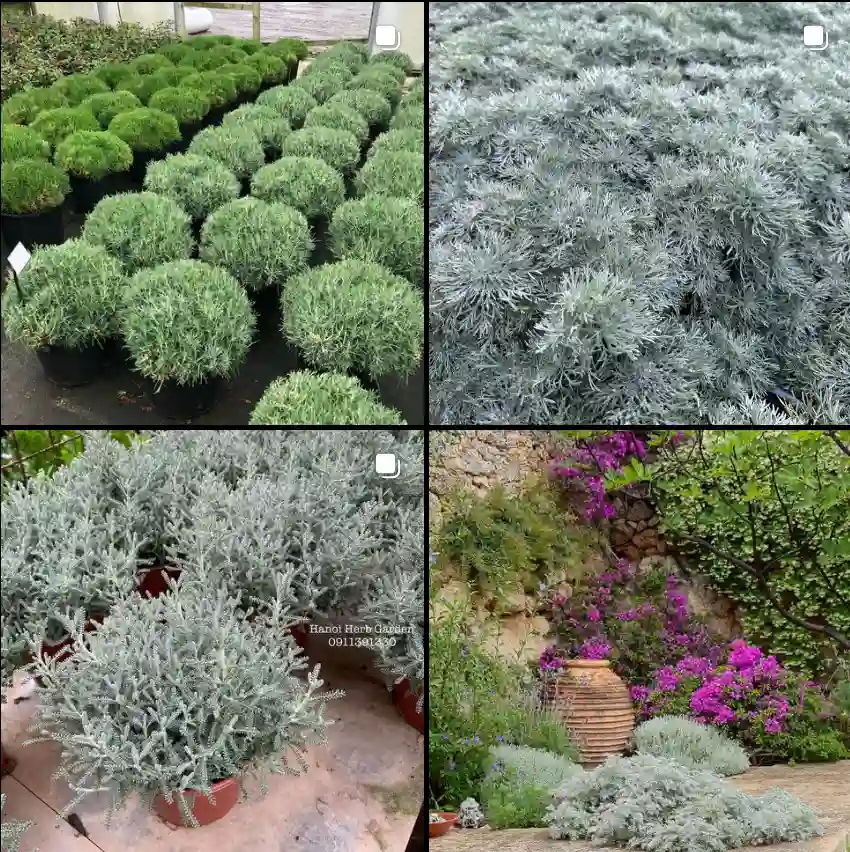FAQs About Codonopsis Lanceolata
Codonopsis Lanceolata, often known for its unique qualities and versatile uses, has become a topic of interest among gardeners and herbal enthusiasts. In this article, I’ll address some frequently asked questions about Codonopsis Lanceolata, including how to grow it, its relation to kola nut, and what its root is used for. Additionally, I’ll explore other important aspects of this plant, such as its care, propagation, and benefits.
49 Species in Genus Codonopsis
How to Grow Codonopsis Lanceolata?
Growing Codonopsis Lanceolata can be a rewarding experience. This plant thrives in well-drained soil and prefers a location with partial shade. It is important to provide it with a spot that mimics its natural habitat, which is often found in mountainous regions with cooler temperatures.
To start growing Codonopsis Lanceolata, you should sow the seeds in early spring. The seeds need to be scarified, which means they should be scratched or soaked to help them germinate. Once the seeds are prepared, plant them about 1/4 inch deep in the soil. Keep the soil consistently moist but not waterlogged. As the plants grow, they will require support, as they can climb or sprawl depending on the conditions.
Is Codonopsis Lanceolata Related to Kola Nut?
Codonopsis Lanceolata and kola nut are often confused due to their similar-sounding names, but they are not related. Codonopsis Lanceolata is a member of the Campanulaceae family, which includes bellflowers and similar plants. In contrast, kola nut comes from the kola tree, which belongs to the Malvaceae family. While both plants have their uses in traditional medicine, they are botanically distinct.
What is Codonopsis Lanceolata Root?
The root of Codonopsis Lanceolata is highly valued in herbal medicine. Often referred to as “poor man’s ginseng,” its root is used for various purposes, including boosting energy and improving overall vitality. The root contains compounds that are believed to have adaptogenic properties, which means it helps the body adapt to stress and maintain balance.
In traditional medicine, Codonopsis Lanceolata root is often used to support the immune system, enhance digestion, and improve respiratory health. It can be consumed in various forms, including teas, tinctures, and powders.
How to Care for Codonopsis Lanceolata?
Caring for Codonopsis Lanceolata involves several key practices to ensure its health and vitality. As mentioned earlier, it prefers partial shade and well-drained soil. Regular watering is crucial, especially during dry periods, but be cautious not to overwater as this can lead to root rot.
Fertilizing Codonopsis Lanceolata is generally not necessary unless the soil is poor. If you choose to fertilize, use a balanced, organic fertilizer in the spring to support healthy growth.
How to Propagate Codonopsis Lanceolata?
Propagating Codonopsis Lanceolata can be done through seeds or division. For seed propagation, follow the planting instructions mentioned earlier. The seeds can be started indoors before the last frost or directly sown outdoors.
For propagation by division, dig up an established plant and carefully separate the roots into smaller sections. Each section should have at least one growing point. Replant these sections in their new location, and ensure they are watered well to help them establish.
What to Plant With Codonopsis Lanceolata?
Codonopsis Lanceolata pairs well with other shade-loving plants. Consider planting it alongside ferns, hostas, and astilbes. These companions will not only complement the aesthetic of your garden but also create a lush, diverse environment that enhances the overall health of your plants.
Can You Grow Codonopsis Lanceolata Indoors?
While Codonopsis Lanceolata is typically grown outdoors, it can be grown indoors under the right conditions. Ensure that it receives enough light, either through a bright window or grow lights. Maintain a cool environment with good humidity and ensure the plant has adequate space to climb or spread.
Is Codonopsis Lanceolata Toxic?
Codonopsis Lanceolata is not known to be toxic. It is generally considered safe for use in herbal remedies and for consumption in moderate amounts. However, as with any herb, it is best to consult with a healthcare professional before using it, especially if you have any underlying health conditions or are taking other medications.
Benefits of Codonopsis Lanceolata
The benefits of Codonopsis Lanceolata are well-regarded in herbal medicine. Its root is used to enhance energy, improve immune function, and support digestive health. Additionally, its adaptogenic properties make it useful for managing stress and promoting overall well-being.
Common Problems with Codonopsis Lanceolata
One common problem with Codonopsis Lanceolata is its susceptibility to root rot if overwatered. Ensure proper drainage and avoid waterlogging the soil. Additionally, keep an eye out for pests like aphids or slugs, which can affect the plant’s health.
Comparison with Other Plants
Codonopsis Lanceolata is often compared with ginseng due to its similar uses in traditional medicine. However, unlike true ginseng, which is more expensive and rare, Codonopsis Lanceolata is more readily available and offers a gentler, more accessible alternative.
In summary, Codonopsis Lanceolata is a versatile and valuable plant with a range of benefits and uses. By understanding how to grow, care for, and use it, you can fully appreciate its unique qualities and contributions to both gardens and herbal remedies.



